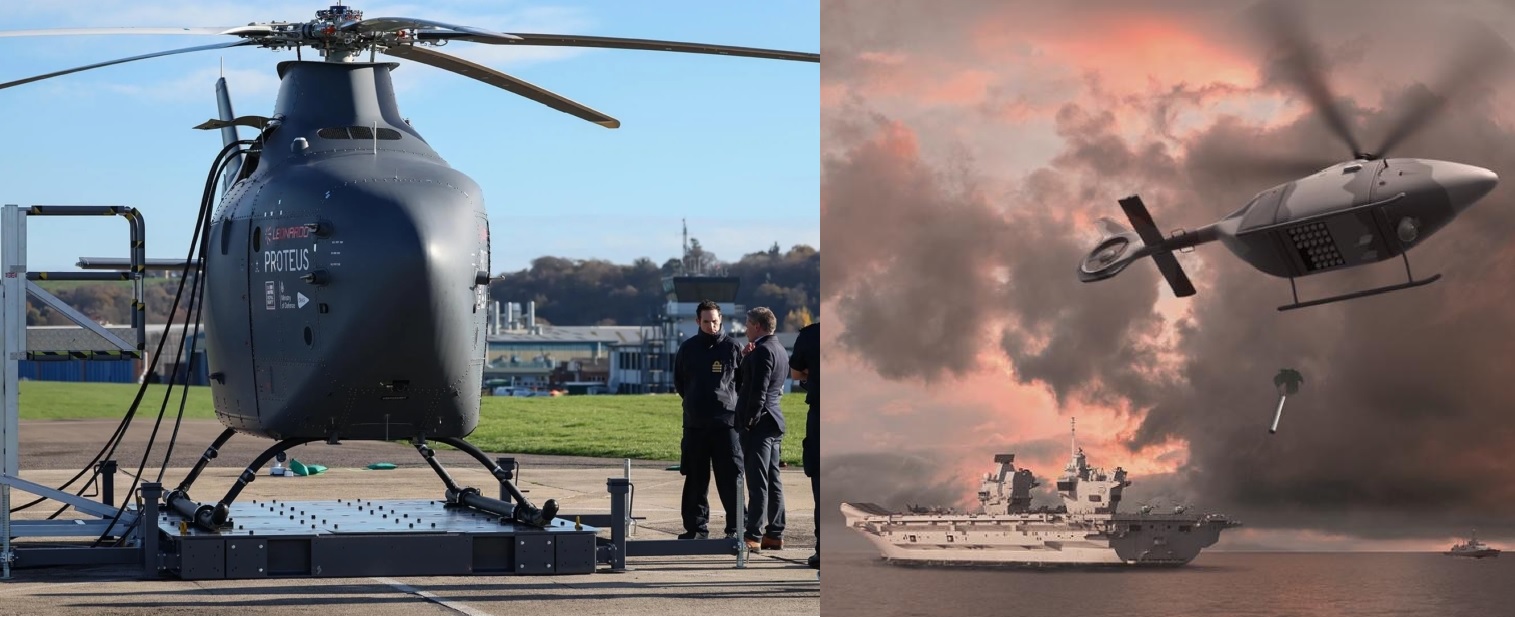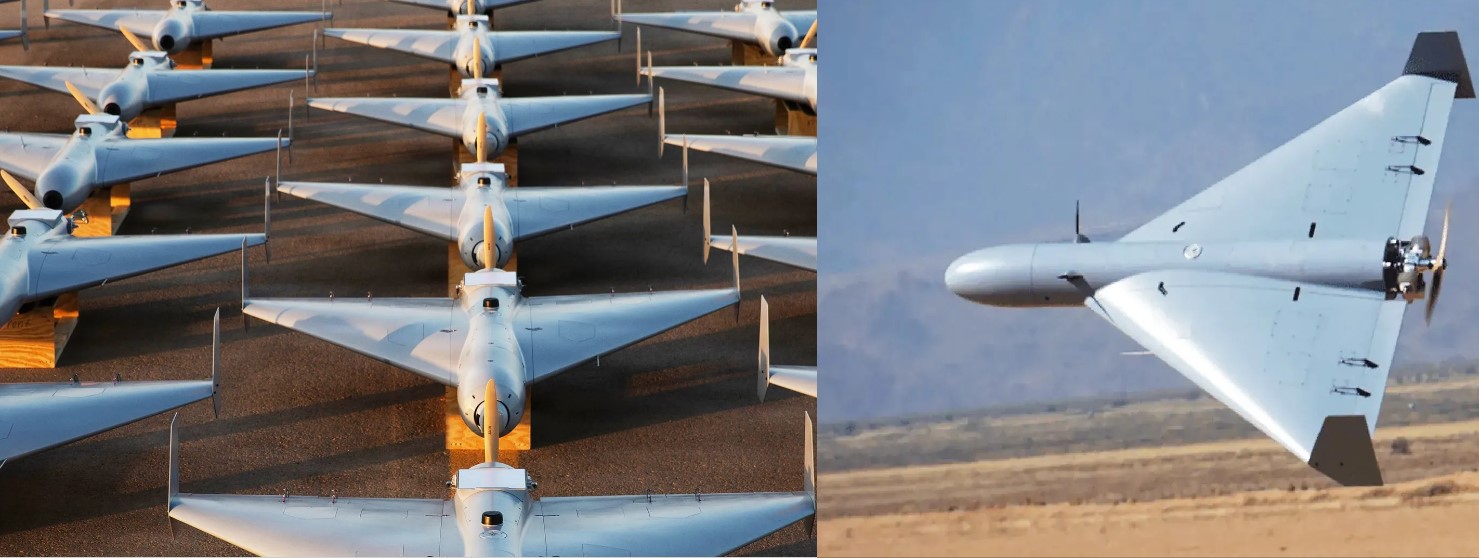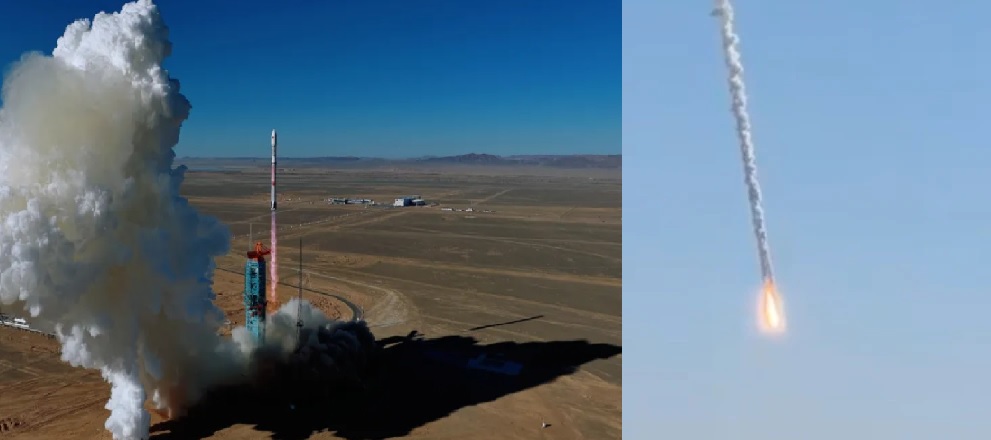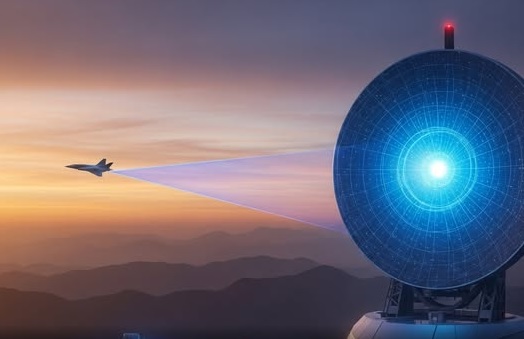Venezuela Deploys Warships and Drones as U.S. Escalates Caribbean Naval Patrols
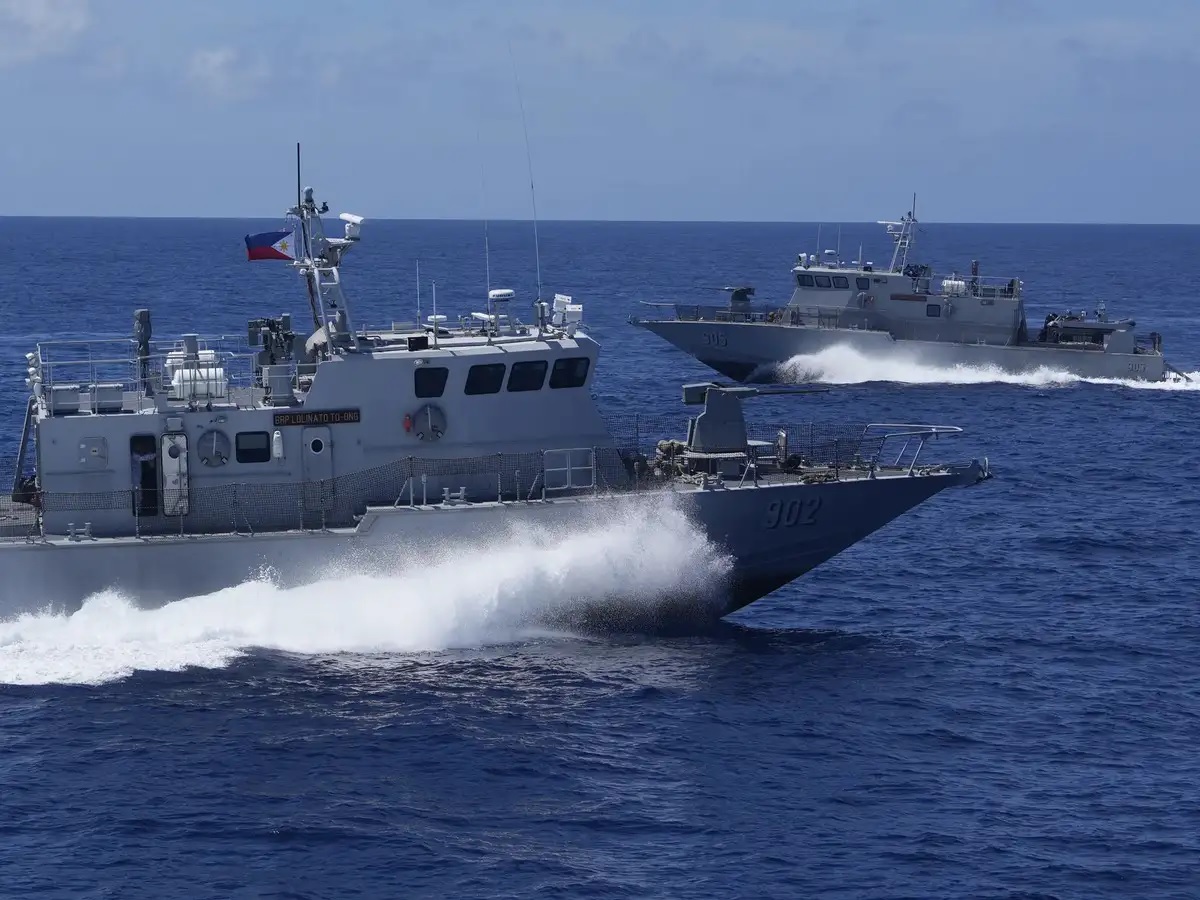
CARACAS / WASHINGTON, August 27, 2025 – Venezuela has sharply escalated its military presence along the Caribbean coastline, deploying warships and surveillance drones in direct response to the arrival of U.S. Navy destroyers in nearby waters. Defense Minister Vladimir Padrino López described the deployment as “significant,” confirming that Venezuelan naval patrols will cover the full Caribbean coast and extend further north into the nation’s territorial waters.
Venezuelan Military Response
The government has reinforced its defense posture with naval vessels, drones, and over 15,000 troops mobilized for both maritime and land-based security missions. Much of this force has been directed toward the Colombian border, where Venezuela claims it is combatting cross-border smuggling and drug trafficking groups. Officials also announced the dismantling of clandestine shipyards in northeastern Venezuela, allegedly used to construct semi-submersible vessels for drug smuggling to Europe and North America.
In parallel, authorities imposed a 30-day ban on civilian drone flights, citing security risks as foreign naval forces move closer.
U.S. Naval Buildup
The United States has expanded its presence in the Caribbean with three guided-missile destroyers—USS Gravely, USS Jason Dunham, and USS Sampson—as part of a large-scale counter-narcotics mission. Backed by 4,000 Marines, P-8 surveillance aircraft, and signals intelligence assets, the deployment is officially framed as an operation to disrupt Latin American drug cartels.
However, senior defense sources revealed that more assets are en route: the USS Erie, a guided-missile cruiser, and the USS Newport News, a nuclear-powered fast attack submarine, are expected to join the task force next week.
Rising Political Rhetoric
Despite the visible military escalation, defense experts believe a direct U.S. strike or invasion is unlikely. Instead, analysts suggest Washington is using the naval presence to pressure President Nicolás Maduro politically and destabilize his government.
Maduro, re-elected in July 2024 in a vote widely condemned as fraudulent, remains defiant. He has accused Washington of pursuing “regime change” and launched a domestic campaign to recruit millions of civilians into national militias. Government figures claim over 4.5 million militia members are now prepared to defend Venezuela. Civil servants, retirees, and students have been called into these ranks, with state media portraying the mobilization as a patriotic response to foreign threats.
Drug Trafficking Dispute
The Trump administration has accused Maduro of heading the Cartel de los Soles, a military-linked cocaine trafficking network, and recently doubled the bounty for his capture to $50 million. Venezuela rejects these allegations, insisting the country is “a clean territory, free of drug trafficking.” Interior Minister Diosdado Cabello said Venezuelan forces have seized 53 tons of drugs this year alone, underscoring Caracas’ claim of commitment to anti-narcotics operations.
Appeal to the UN
Venezuela has lodged a formal complaint with the United Nations, accusing the U.S. of threatening regional peace and violating sovereignty. Officials also argue that the deployment of nuclear-capable vessels in the Caribbean breaches the Treaty of Tlatelolco, which prohibits nuclear weapons in Latin America.
Uncertain Road
For now, the confrontation remains a battle of nerves and signaling. The U.S. naval show of force appears aimed at tightening political pressure, while Venezuela is leaning on sovereignty claims, military displays, and mass mobilization to rally domestic support.
Whether the escalation turns into direct confrontation or remains a prolonged standoff at sea will likely depend on diplomatic maneuvering at the United Nations and the willingness of both governments to avoid crossing the line into open conflict.
✍️ This article is written by the team of The Defense News.
